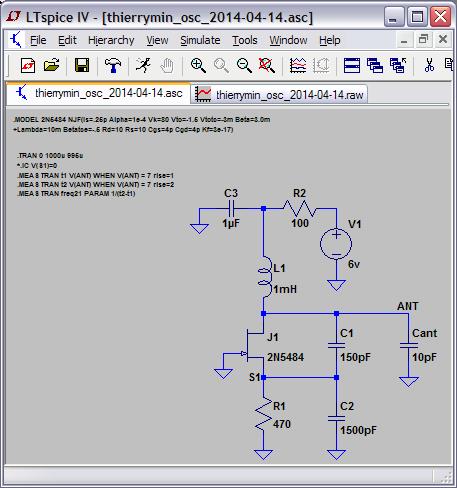Well thank you very much for the explanations :) i'll give the most dusty part of the library a try.
"Nowadays, where everything has to be cheap and integrated, and at the best digitally controlled or compensated, most engineers have forgotten about technologies which achieved the same or even better results by using a few "tricks" like building stable harmonic oscillators in common gate configuration."
It's a shame, in my very humble opinion. In fact that's exactly what got me into theremins : i wanted to build something that showed the power of analog electronics.



